Imagine this: you wake up on a Saturday morning, eager to get your yard work done. The forecast calls for clear skies later, but the grass is still damp from last night’s rain. You decide to go ahead and mow the lawn anyway.
What could go wrong?
Quite a lot, actually. According to a study by the U.S. Consumer Product Safety Commission, over 80,000 people are injured by lawn mowers each year, and many of these accidents occur under suboptimal conditions like wet grass.
Mowing wet grass is a bad idea for your lawn, your mower, and yourself. The potential risks and damages far outweigh any perceived benefits of getting the chore done sooner rather than later.
Why Mowing Wet Grass Is a Bad Idea
Damage to Your Lawn
Tearing the Grass: Wet grass is more prone to tearing rather than cutting cleanly. When grass blades are torn instead of neatly cut, it creates ragged edges that are more susceptible to disease and fungal growth. The open wounds on the grass blades can also lead to unsightly brown patches as the grass struggles to heal.
Soil Compaction: Wet soil is softer and more easily compacted by the weight of a lawn mower. Compacted soil restricts root growth and water penetration, leading to poor lawn health. Over time, compacted soil can create a dense layer that prevents nutrients from reaching the grass roots, resulting in a weak and thin lawn.
Damage to Your Mower
Clogging and Build-Up: Mowing wet grass can cause clippings to clump together and stick to the underside of your mower deck. This build-up can clog the mower, reducing its efficiency and potentially causing it to overheat. The wet clippings can also harbor mold and bacteria, which can corrode metal parts and reduce the lifespan of your mower.
Increased Wear and Tear: The added resistance of cutting through wet grass can put extra strain on the mower’s engine and blades. This increased load can cause the engine to work harder and overheat, leading to potential mechanical failures. The moisture can also dull the blades more quickly, requiring more frequent sharpening or replacement.
Personal Safety Risks
Slippery Conditions: Wet grass is slippery, increasing the risk of losing your footing while mowing. Slips and falls can lead to serious injuries, especially when handling a powerful machine with sharp blades. The risk is even higher on slopes or uneven terrain where balance is already compromised.
Electrical Hazards: For those using electric mowers, mowing wet grass poses an additional danger of electrical shock. Water can infiltrate the electrical components of the mower, creating a serious safety hazard. Even cordless electric mowers with batteries can be dangerous if water penetrates the casing.
Mowing wet grass might seem like a minor inconvenience, but the reality is that it can lead to significant damage to your lawn, your equipment, and even your personal safety. Waiting for your grass to dry before mowing ensures a cleaner cut, a healthier lawn, and a safer mowing experience. Next time you’re tempted to mow while the grass is still wet, remember the potential risks and wait for better conditions. Your lawn—and your well-being—will thank you.
The Trouble with Wet Grass
How Wet is Too Wet?
Morning Dew:
- Definition: Morning dew refers to the light moisture that settles on grass overnight due to condensation. It is usually minimal and evaporates quickly with the morning sun.
- Impact on Mowing:
- Pros: If the grass is only slightly damp with dew, it might be manageable to mow if you’re cautious. Use a sharp blade and mow slowly to ensure a clean cut.
- Cons: Even dew can cause minor clumping of grass clippings, leading to uneven cuts. It’s best to wait for the dew to evaporate, typically within an hour or two after sunrise.
Light Rain:
- Definition: A light rain involves a gentle, steady drizzle that dampens the grass but doesn’t create puddles or significant soil saturation.
- Impact on Mowing:
- Pros: If you absolutely must mow, it’s possible to do so with caution. Ensure your mower blades are sharp and proceed at a slower pace.
- Cons: Light rain can cause more significant clumping and sticking of grass to the mower. The grass blades can bend under the weight of the water, resulting in an uneven cut and increased risk of tearing the grass rather than cutting it cleanly.
Heavy Downpour:
- Definition: A heavy downpour is characterized by intense rainfall that thoroughly soaks the grass and soil, often leading to standing water and soggy conditions.
- Impact on Mowing:
- Cons: Mowing after a heavy downpour is highly inadvisable. The saturated soil becomes compacted under the weight of the mower, severely damaging the lawn. Wet grass from a heavy downpour can clog the mower deck quickly, leading to mechanical issues. Additionally, the risk of slipping is greatly increased, posing a significant safety hazard.
- Waiting Period: It’s best to wait at least 24-48 hours after a heavy rain for the grass and soil to dry out sufficiently before mowing.
Understanding the different levels of wetness and how they affect mowing is crucial for maintaining a healthy lawn and ensuring your safety. While slight dampness from morning dew might be manageable with caution, mowing after light rain or heavy downpour poses significant risks to your lawn, mower, and personal safety. Always aim to mow under dry conditions to achieve the best results and prolong the life of your lawn and equipment.
Dangers to Your Lawn
Uneven Cut
Clumping and Tearing: Wet grass blades tend to stick together, forming clumps that can be difficult for a mower to cut through evenly. Instead of being sliced cleanly, the grass is often torn, leading to ragged edges. These ragged cuts are not only unsightly but also unhealthy for the lawn. Torn grass blades are more vulnerable to disease and take longer to heal, which can result in a patchy, uneven appearance as some areas recover faster than others.
Fungal Diseases
Promoting Fungal Growth: Wet conditions create an ideal environment for fungal growth. Common lawn fungi, such as brown patch and dollar spot, thrive in moist, warm environments. When you mow wet grass, the clippings can spread fungal spores across the lawn, exacerbating the problem. Additionally, the mower blades can transfer these spores from one part of the lawn to another, increasing the risk of widespread fungal infections. The wounds created by tearing grass blades further facilitate the entry of fungal pathogens.
Smothered Grass
Clumping and Blocking Sunlight and Air: Wet grass clippings are prone to forming heavy clumps that can settle on top of the lawn. These clumps block sunlight and restrict airflow to the grass underneath, creating a smothering effect. Without adequate sunlight and air circulation, the grass beneath the clumps can become weak and susceptible to disease. Over time, this can lead to dead patches where the grass has been unable to photosynthesize or breathe properly.
Compacted Soil
Ruts and Compaction: When the soil is wet, it becomes softer and more malleable. The weight of the mower, especially a heavy one, can create ruts and compact the soil as it moves across the lawn. Compacted soil restricts root growth, making it difficult for grass to absorb water and nutrients effectively. This leads to a weaker, less resilient lawn. Furthermore, compacted soil reduces the grass’s ability to withstand environmental stresses, such as drought or high foot traffic, contributing to an overall decline in lawn health.
Mowing wet grass poses several dangers to your lawn, from creating an uneven cut and promoting fungal diseases to smothering healthy grass and compacting the soil. Each of these issues can significantly impact the health and appearance of your lawn. To maintain a lush, vibrant lawn, it’s crucial to wait until the grass is dry before mowing. This ensures a clean cut, minimizes the risk of disease, and protects both the grass and the soil from damage.
The Perils of Mowing Wet
A. Clogged Mower
Wet Grass Clumps and Mower Deck Jams: Wet grass has a tendency to stick together and form clumps, which can easily clog the mower deck. These clumps impede the normal operation of the mower, reducing its cutting efficiency. As the grass accumulates under the deck, it creates a thick, sticky layer that prevents the blades from spinning freely. This not only makes the mower less effective at cutting grass but also requires frequent stops to clear the deck, significantly slowing down the mowing process. Moreover, the constant need for cleaning and maintenance increases wear and tear on the mower, reducing its overall lifespan.
B. Strained Engine
Increased Load and Potential Overheating: Mowing wet grass puts additional strain on the mower’s engine. The resistance caused by the dense, heavy grass forces the engine to work harder, which can lead to overheating. Over time, this increased load can cause mechanical components to wear out more quickly, resulting in potential engine damage. The stress on the engine not only shortens its lifespan but also increases the likelihood of costly repairs. Additionally, the reduced efficiency from the clogged mower deck exacerbates the engine’s workload, further increasing the risk of overheating and failure.
C. Safety Hazards
1. Reduced Traction
Slippery Conditions and Risk of Injury: Wet grass creates slippery conditions that can significantly reduce traction for both the mower and the person operating it. This loss of traction increases the risk of slipping and falling, especially on slopes or uneven terrain. Operating a heavy machine like a lawn mower on slippery ground can lead to serious injuries, including cuts, bruises, and even broken bones. The danger is heightened by the mower’s sharp blades and powerful engine, which can cause severe harm if an operator loses control.
2. Electrical Issues (For Electric Mowers)
Risk of Electrical Shock: For those using electric mowers, mowing wet grass introduces the risk of electrical shock. Water can infiltrate the mower’s electrical components, creating a pathway for electricity to travel in unintended directions. This can lead to short circuits or electrical shocks, posing a significant safety hazard to the operator. Even cordless electric mowers with batteries can be dangerous if water penetrates the casing, potentially causing malfunctions or shorting out the battery.
Mowing wet grass presents a host of perils, from mechanical issues like clogged mowers and strained engines to serious safety hazards like reduced traction and electrical shock risks. These dangers highlight the importance of waiting for the grass to dry before mowing. By doing so, you protect your mower from damage, ensure a safer mowing experience, and maintain the health and appearance of your lawn. Prioritizing dry conditions for mowing not only extends the life of your equipment but also safeguards your personal safety.
Alternatives and Solutions
A. Waiting for Dry Conditions
Ideal Time to Mow: The best time to mow your lawn is typically in the mid-morning or late afternoon. By mid-morning, any dew from the night has usually evaporated, and the grass is dry enough to mow efficiently. Late afternoon is also a good time because the heat of the day has subsided, but there is still enough daylight for the grass to dry if it has been slightly damp earlier. These times offer the best conditions to achieve a clean cut, minimize damage to the lawn, and reduce the risk of mechanical and safety issues.
B. Adjusting Mowing Height
Raising the Mower Deck: When the grass is slightly damp, it can be helpful to raise the mower deck slightly higher than your usual cutting height. This adjustment helps prevent the mower from clogging and reduces the strain on the engine by cutting less grass at a time. The higher setting also minimizes the chances of tearing the grass blades, leading to a healthier and more even lawn. Once conditions are dry again, you can resume mowing at your regular height to maintain the desired grass length.
C. Spot Mowing
Tackling Overgrown Areas: If you find certain areas of your lawn are overgrown and it’s absolutely necessary to mow them despite damp conditions, consider spot mowing. This involves targeting only the overgrown sections rather than mowing the entire lawn. Use a higher mower deck setting to reduce the risk of clogging and engine strain. Spot mowing allows you to manage problem areas without causing widespread damage to your mower or lawn. However, it’s still best to wait for dry conditions whenever possible to ensure the health and appearance of your lawn.
By adopting these alternatives and solutions, you can effectively manage your lawn care routine and minimize the risks associated with mowing wet grass. Waiting for dry conditions ensures a cleaner cut and a healthier lawn, while adjusting the mowing height and spot mowing can help manage slightly damp or overgrown areas without causing significant damage. These strategies not only protect your lawn and equipment but also contribute to a safer and more efficient mowing experience.
Conclusion
Mowing wet grass is fraught with challenges that can harm your lawn, your mower, and even your safety. Wet grass clumps and tears, leading to an uneven cut and increased vulnerability to fungal diseases. The clippings can smother healthy grass, and mower wheels can compact the wet soil, hindering root growth. Additionally, wet grass can clog the mower, strain the engine, and create slippery conditions that pose significant safety risks.
Waiting for dry conditions before mowing allows for a cleaner, more efficient cut, protecting the health of your lawn and extending the life of your mower. Adjusting the mowing height and spot mowing can help manage slightly damp or overgrown areas without causing widespread damage. These practices contribute to a lush, vibrant lawn and ensure a safer, more efficient mowing experience.
Call to Action: We’d love to hear from you! Share your lawn care tips and experiences in the comments below. How do you handle mowing in tricky conditions? What are your best practices for keeping your lawn healthy and beautiful? Join the conversation and help others learn from your insights!

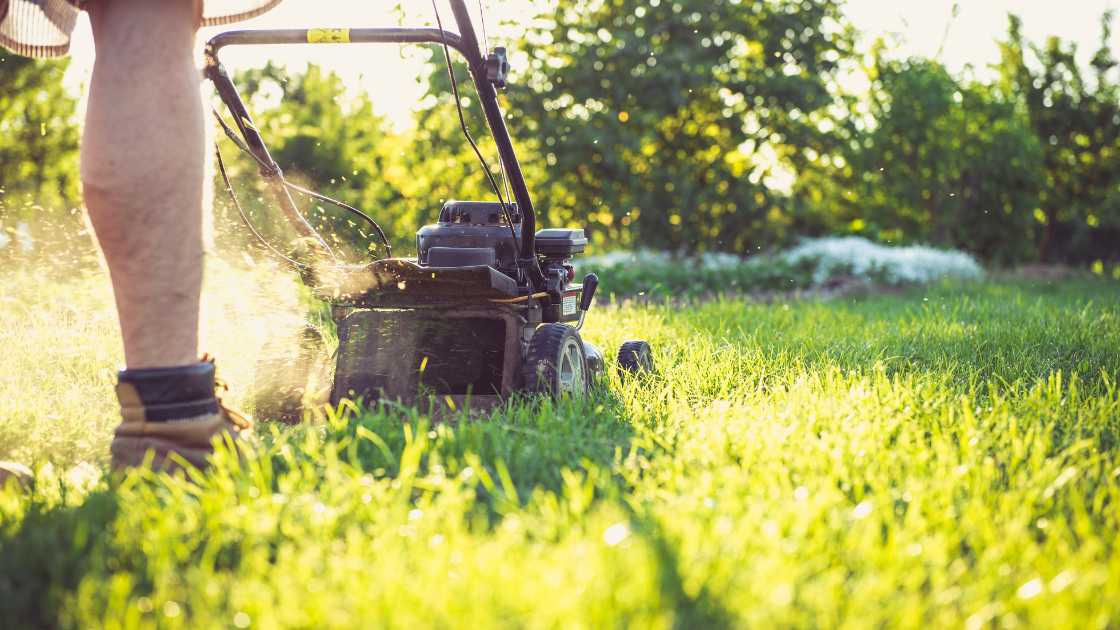
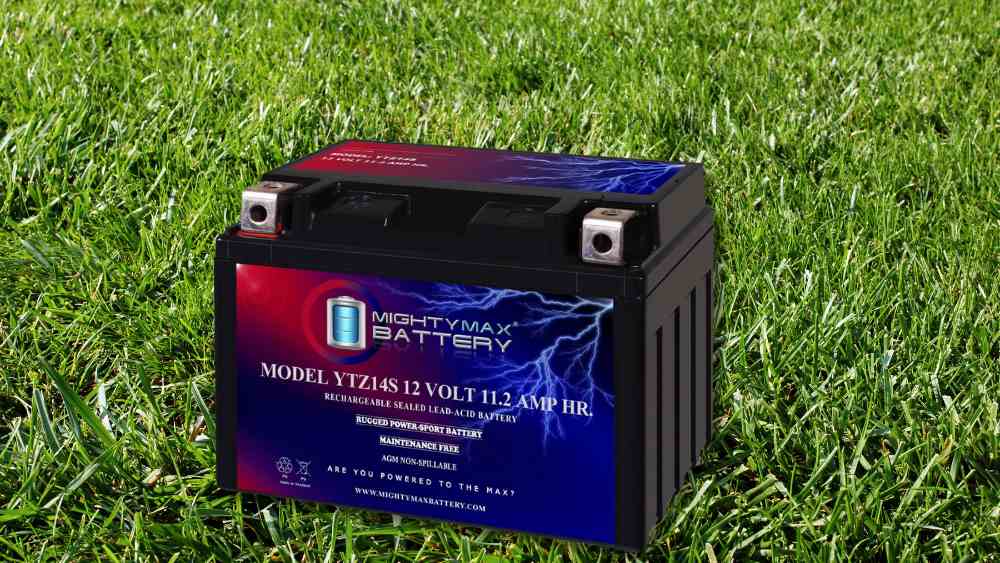
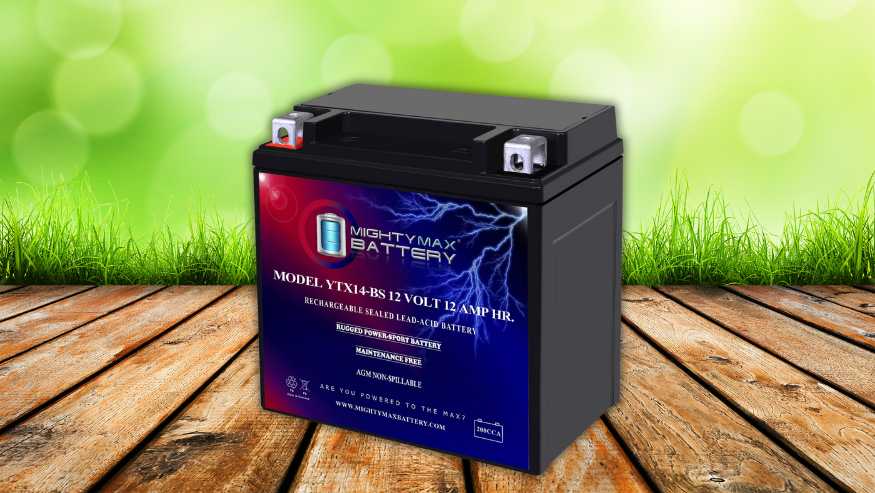
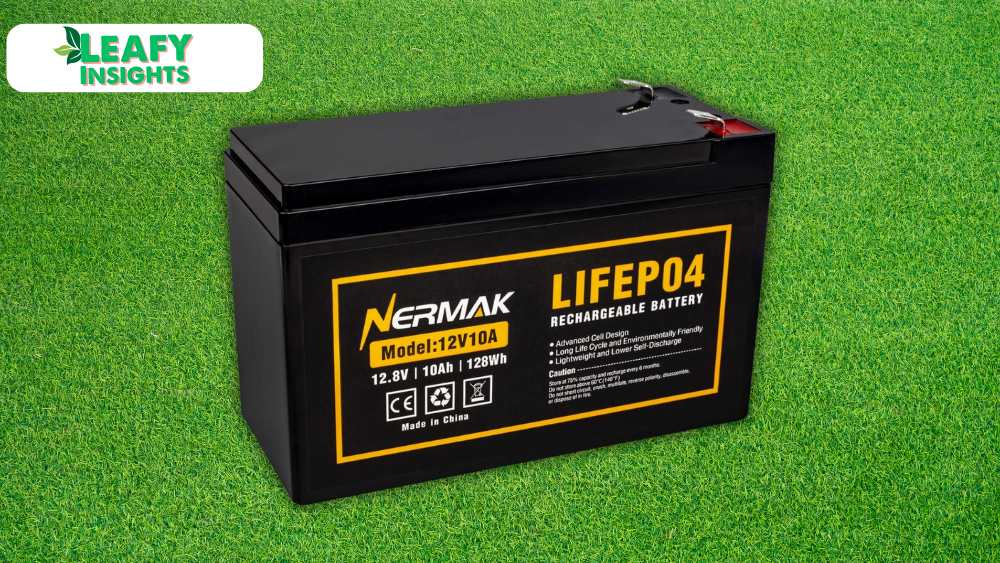

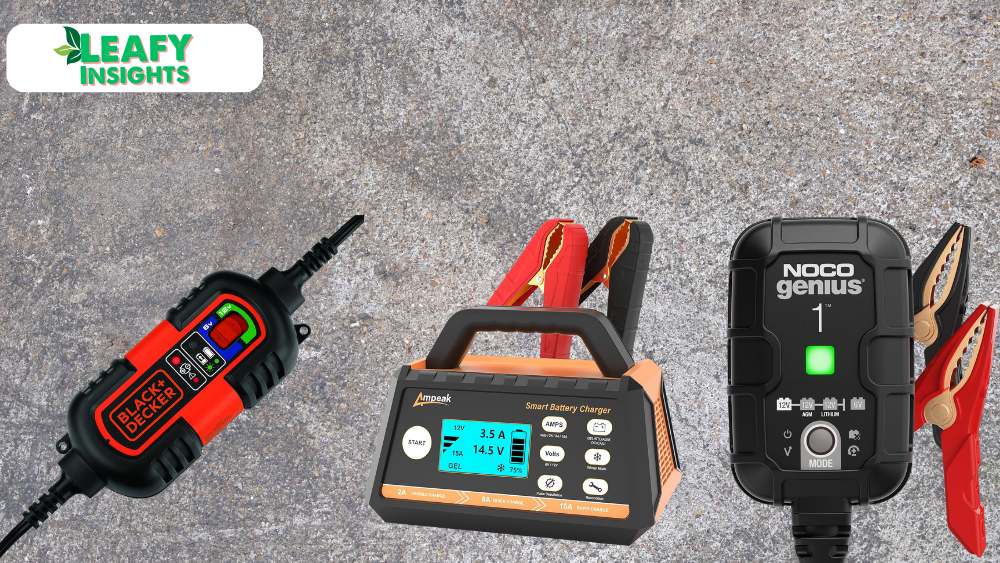
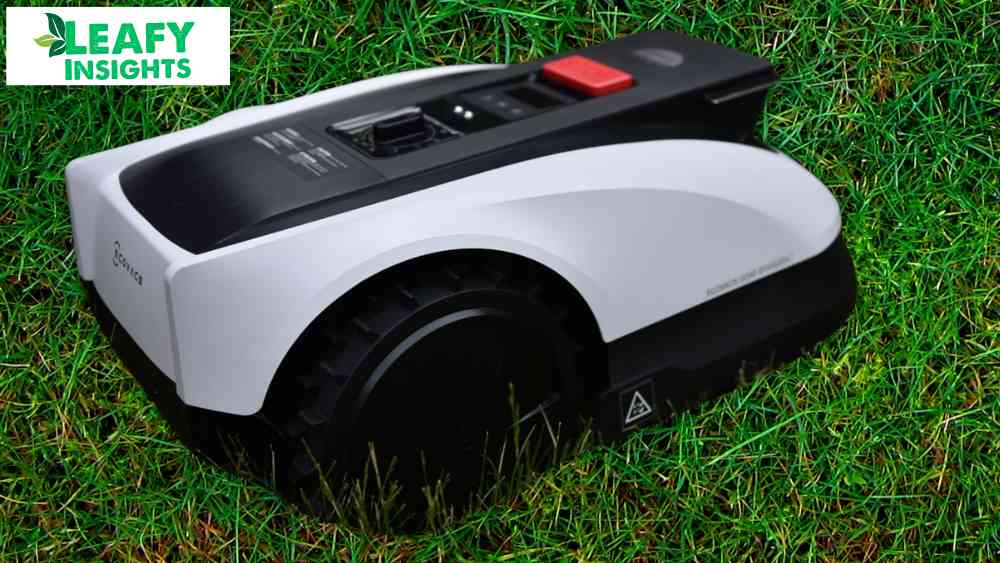
Leave a Reply